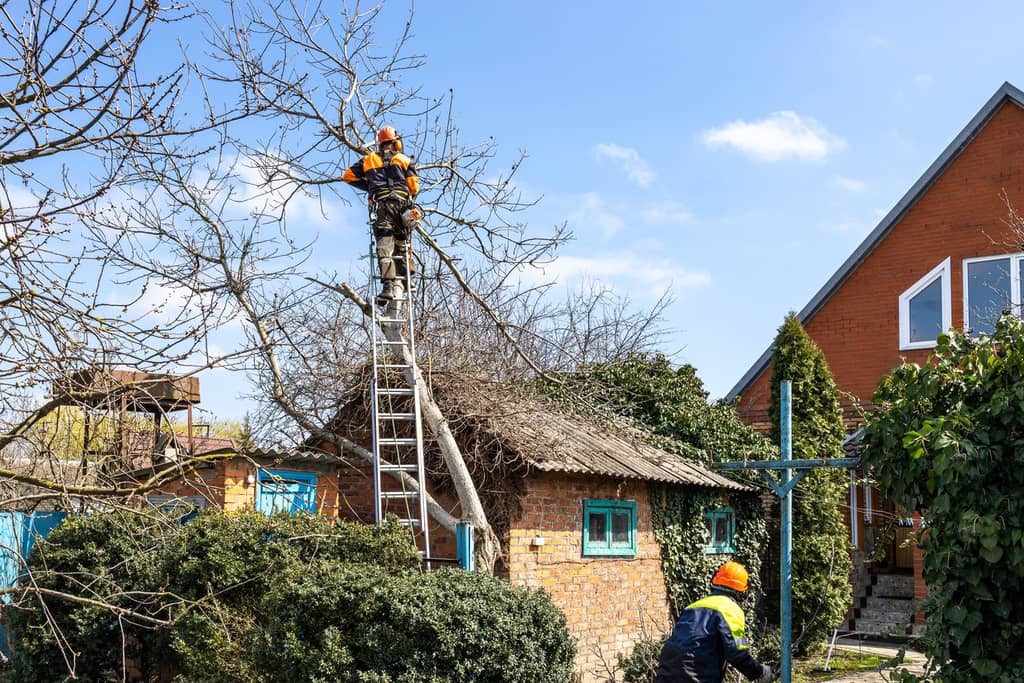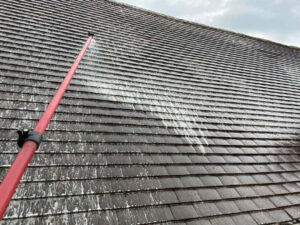Moss on a roof can cause significant damage if left untreated. It traps moisture, weakens shingles, and leads to rot and leaks. Once the moss has been removed, many homeowners assume the problem is solved. However, without proper preventive measures, moss can quickly return, leading to ongoing maintenance issues. Taking proactive steps after moss removal is essential to keep your roof in good condition for years to come.
Inspect the Roof for Damage

After Roof Moss Removal Hillsboro Oregon, carefully inspect your roof to assess any potential damage caused by moss growth. Look for missing or cracked shingles, weakened areas, and signs of rot. Moss often lifts shingles as it spreads, which can allow water to seep underneath, leading to water damage and leaks. If any sections of the roof appear compromised, they should be repaired as soon as possible to prevent further deterioration.
A professional roof inspection can provide a more detailed assessment, especially if moss growth was extensive. Roofing experts can identify areas that need reinforcement or replacement and suggest the best solutions to ensure the roof remains strong and durable.
Improve Roof Drainage and Ventilation
Poor roof drainage is one of the leading causes of moss growth. Water that remains on the roof for long periods creates an ideal environment for moss to thrive. Ensuring proper drainage can significantly reduce the chances of moss returning.
Gutters should be cleaned regularly to prevent clogs that cause water to pool on the roof. Downspouts should direct water away from the foundation, and any areas where water tends to collect should be addressed immediately. Installing a drip edge along the roof’s edge can also help improve water runoff.
Ventilation is another crucial factor in preventing moisture buildup. Proper airflow keeps the roof dry and minimizes the conditions that encourage moss growth. Ridge vents, soffit vents, and attic ventilation systems help regulate temperature and moisture levels, reducing the chances of moss returning.
Trim Overhanging Trees and Reduce Shade
Moss thrives in shady, damp environments, so reducing shade over the roof is an effective preventive measure. Overhanging branches block sunlight and allow moisture to linger, creating the perfect conditions for moss to grow.
Trimming trees near the house allows more sunlight to reach the roof, helping to keep it dry. It also reduces the risk of leaves and debris accumulating, which can retain moisture and contribute to future moss growth.
Additionally, keeping trees well-maintained prevents branches from scraping against shingles, which can cause damage and lead to roof deterioration. Homeowners should routinely inspect the trees around their property and trim back any branches that create excessive shade or pose a risk to the roof.
Apply a Moss-Resistant Treatment
After moss removal, applying a moss-resistant treatment can help prevent regrowth. There are several options available, including zinc and copper strips, which release natural elements that inhibit moss growth. These strips can be installed along the roof’s ridge, allowing rainwater to distribute the moss-preventing properties across the surface.
Moss-resistant roof treatments, such as chemical sprays, can also be applied. These solutions create a protective barrier that discourages moss from returning. However, it is essential to use eco-friendly products that do not harm the surrounding environment or damage roofing materials.
Regular reapplication of moss-resistant treatments may be necessary, depending on the climate and level of moisture exposure. Consulting with a roofing professional can help determine the best treatment option for a specific roof type.
Maintain Regular Roof Cleaning
 Routine roof cleaning is one of the most effective ways to prevent moss from returning. Even after moss removal, spores can remain on the roof and eventually regrow if left unchecked.
Routine roof cleaning is one of the most effective ways to prevent moss from returning. Even after moss removal, spores can remain on the roof and eventually regrow if left unchecked.
A soft wash or low-pressure cleaning every few months can help keep the roof free of debris, algae, and moss spores. Using a mild cleaning solution that is safe for roofing materials ensures that the roof remains in good condition without causing unnecessary wear.
In addition to professional cleaning, homeowners should perform regular visual checks. If any signs of moss begin to appear, addressing them immediately can prevent the issue from spreading. Catching moss early makes removal much easier and reduces the need for extensive treatments.
Repair and Maintain Roofing Materials
Maintaining the integrity of roofing materials is essential for long-term moss prevention. Any damaged shingles, flashing, or sealants should be repaired promptly to prevent moisture from seeping into the roof’s structure.
Ensuring that roofing materials are in good condition helps the roof shed water effectively, reducing the risk of moss taking hold. In areas where moss is a persistent issue, choosing moss-resistant roofing materials during replacements or repairs can be a beneficial investment. Some modern shingles are designed with built-in moss inhibitors, providing long-term protection against regrowth.
Monitor Humidity and Moisture Levels
Excess moisture inside the home can contribute to roof problems, including moss growth. High humidity levels in attics and upper floors can lead to condensation, which may create damp conditions on the underside of the roof.
Using dehumidifiers, improving ventilation, and sealing air leaks can help regulate indoor humidity. Addressing any leaks or insulation issues can also prevent moisture from accumulating, ensuring that both the interior and exterior of the roof remain dry.
Regularly checking for leaks, water stains, or signs of mold inside the home can provide early warnings of potential roof moisture problems. Taking immediate action to address these issues helps maintain a healthy and moss-free roof.